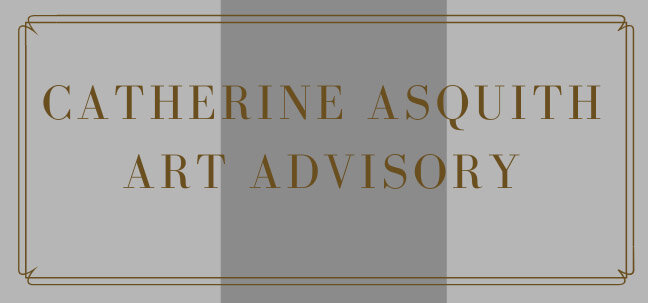Art like any asset, requires the same respect as that accorded to your other personal assets: your car, your home, or your stamp collection. Interestingly, as part of the ‘acquisition’ process of these types of assets, insurance becomes part of the overall monetary outlay; you seek the advice of an advisor or broker to ascertain adequate insurance and annual premiums ensue thereafter. Yet, the same cannot be said for art.
Speak with an insurance broker and you will be surprised to hear how infrequent clients seek the advice of a professional when estimating the value of their art collection; the consequences of not having an up to date valuation, and therefore a current value, can mean the difference between being reimbursed for loss or damage appropriate to its market value or incurring a loss on that initial investment.
Additionally, having an up to date and current value of your collection can also assist in having in place a de-accession strategy; selling too early or too late can result in an unforeseen loss.
Obtaining a professional appraisal of your artwork operates in much the same way as seeking a value for other assets. Credentials should be assessed; market sector and speciality experience should be examined together with the level of tertiary qualifications and membership with an industry association.
Most importantly, seeking the services of an independent, objective and impartial professional will result in a more accurate valuation, and without the potential bias of a vested interest in the artwork and therefore its value. Returning to the gallery or dealer from which you first acquired the artwork and seeking an appraisal is clearly a conflict of interest.
Additionally, the quality of the appraisal documentation is equally important: it should demonstrate a solid, up to date appreciation of the market for the subject artist/artwork; present well-reasoned research; provide documentary proof and/or reference to recent auction results and other market indices (ones which are verifiable); and finally, clearly and concisely outline the methodology used for the appraisal.
There are a number of attributes which an experienced appraiser will utilise in order to determine the value of your artwork:
Authenticity - discernment of a signature, title or date, original sale documentation;
Quality - consideration of the artist’s period in which the work was executed; composition, palette and technical prowess;
Rarity - how many works by this artist are available on the open market;
Limited Edition Prints (if applicable) – the breadth of the edition for the work; available prints in the edition;
Condition – the archival stability of the work and framing quality, i.e. is the artwork in its original frame?;
Provenance – probably one of the most crucial factors in the overall valuation process, “provenance” equates with the artwork’s ‘history’, i.e. from artist’s studio to gallery exhibition to auction house sale; and includes discerning any notable non-commercial exhibitions in which the artwork was included, for example, a ‘survey’ exhibition at a regional gallery, in addition to any publications in which the artwork was illustrated or discussed;
Market – does the artist have an auction record? Sales rates for the artist in either the primary or secondary markets.
Valuing your art necessitates the same respect as valuing your other lifetime assets. Regular, up to date valuations of your artworks are an important adjunct to the ongoing maintenance and accurate documentation of your collection.
Seeking the advice and services of an experienced and knowledgeable professional is a critical step in the provision of an accurate art appraisal. Professional art appraisal services offer new and established collectors a comprehensive appreciation of their collection, its current parameters and indeed, future directions.
©Catherine Asquith, January 2019












